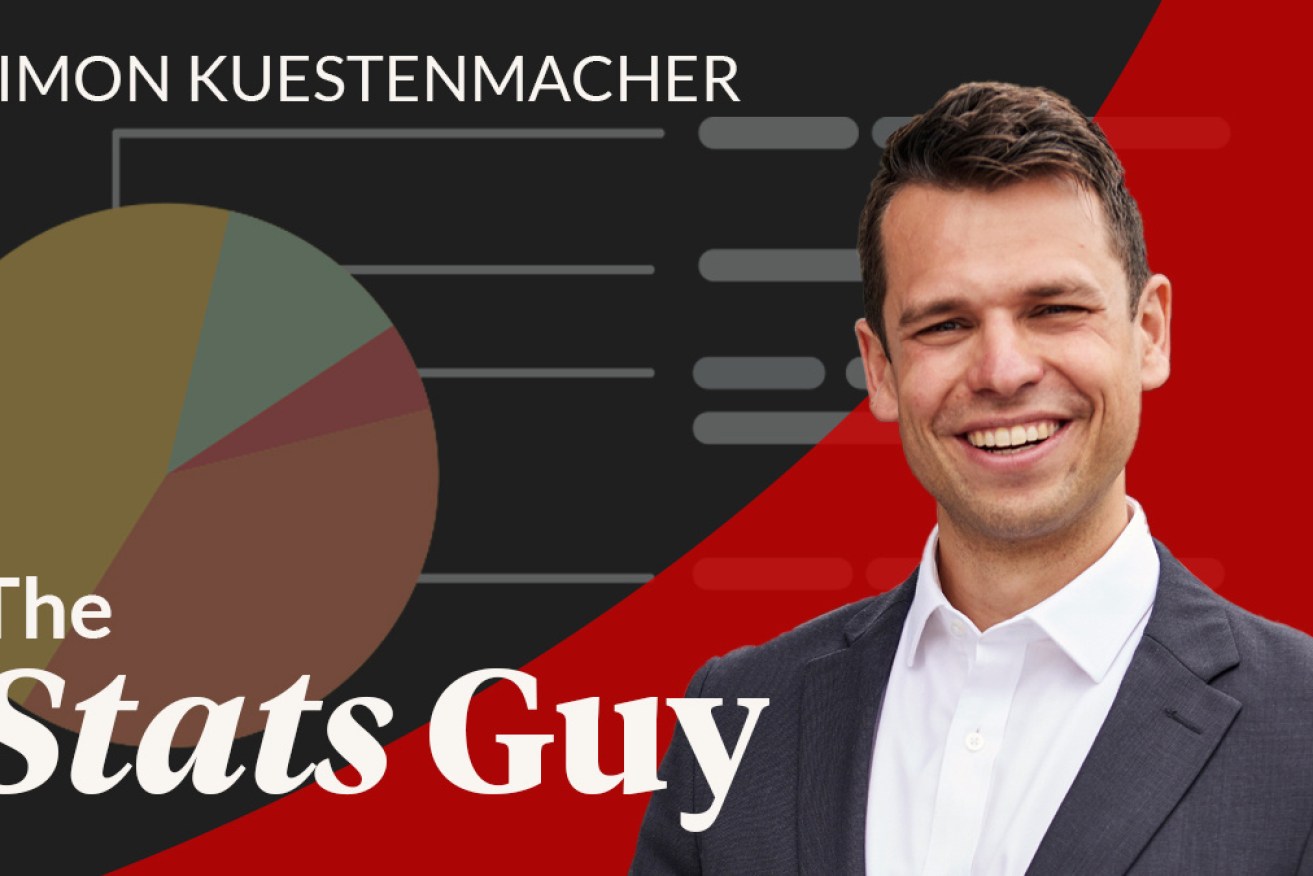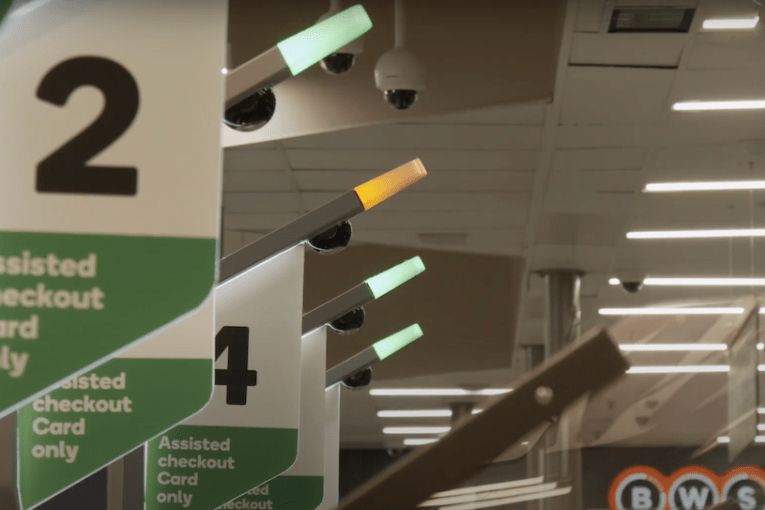The Stats Guy: How did the pandemic change our spending habits? Start with retail therapy


The pandemic has seen Australians turn to retail therapy from the comfort of home. Photo: TND
You’ve heard the joke. What did Australians do first during the lockdown? Buy toilet paper. What did Australians do during the second lockdown? Buy more you-know-what and start drinking – lots. Hey, not so fast. That isn’t entirely true.
Many moons ago, in May 2020, I did what stats guys do: I looked at freshly released retail data for March 2020. In my circles this passes as fun, especially when a dataset contains so many little nuggets of gold. Promise. I knew what I wanted to find. I hoped to get our first glimpse into how the pandemic, how the lockdowns, might change Australia.
My first glance at the data appeared to reveal a unique Australian response to the lockdowns. Liquor sales jumped up by 31 per cent in a single month. That’s unheard of. Usually retail data varies by zero-point-something over a month. Aussies just drinking themselves blind to the harsh new reality of a pandemic? Sounded like a plausible and very funny story – but only for a second.
That Australian cliché (drink more) wasn’t true. A few lines down in the same dataset, I noticed that cafes and restaurants sales declined by 31 per cent. Australians didn’t take their drinking game to the next level to cope but merely changed the sales channel. Wines and beers weren’t purchased at pubs and restaurants but at the bottle shop. Dan Murphy, come on down.
In March 2020, gyms, clubs, cinemas and the rest were closed. So how did Australia keep itself entertained? We went to the hardware store (up 16 per cent), stocked up on electronics (up 10 per cent), and visited our local supermarket for what was probably our only real fun outing (up 22 per cent).
Of course, that didn’t tell the whole story. Not all was well in the world of retail. Pubs and restaurants couldn’t open (so sales were down 31 per cent), we didn’t bother buying new clothes since we didn’t go out much (down 25 per cent), and because we didn’t redecorate the house pronto, furniture sales didn’t look good either (down six per cent).
Overall, retail sales rose by eight per cent. Australians whose income wasn’t impacted had more disposable income to, well, dispose of. Cue new trend – retail therapy on a national level.
So after nearly one and a half years of pandemic and resulting lockdowns, how have our spending habits changed?
Let’s start by looking at how liquor sales have tracked since the huge jump in March 2020. Liquor retail sales are slowly declining but are still well above pre-pandemic levels. This is partially because there is always some corner of the nation in lockdown and partially because after-work-drinks are still a thing even if we don’t go into work as much as we used to.
Instead of drinking with our colleagues in an inner-city pub, we drink with our partners, kids, or pets in the living room (lucky Fido!). As long as we spend more time at home, stores like Dan Murphy’s will do well. Alcohol consumption doesn’t necessarily change but the sales channel does. Good news for breweries, bad news for pubs and bars.
Now for the biggie. the overarching trend which has really changed retail spending in Australia. We spent our money right where we were. At home. All those things that had annoyed us for years needed to be fixed because we saw them all day and all night.
The huge cohort of young millennial families bought their first home, ensuring house prices remained high. That was only half of it. Existing homeowners spent big on making everything about the family home perfect.
As soon as local lockdowns eased, people spent big on furniture. The logic was simple. If you spend more time on your couch, you might as well upgrade to a flashier model. Working from home? New desk please. And there was more. If you don’t commute you probably sleep longer, and those online mattress shops just kept advertising until you finally gave in. While furniture sales declined between February and March last year, they then skyrocketed to record heights.
Our spending spree went further. We spent much more than before the pandemic on electronics. The family TV got an upgrade, new tablets and laptops were essential for the next stint of home schooling, and a PlayStation for after school. Yep, we needed that too.
As we spend more time at home, we ran out of excuses. That home renovation finally got the big tick. Since March 2020, Australians have spent at least an additional $300 million on hardware and building supplies every month. The new normal in hardware retail is 19 per cent higher than the pre-pandemic benchmark. As long as Australians can’t travel overseas, money will continue to be spent on improving, upgrading and expanding the family home. Paint job – tick. New kitchen – tick. And maybe a media room – double tick.
Jerry Seinfeld remarked many years ago that by wearing sweatpants, we’re telling the world, “I give up. I can’t compete in normal society. I’m miserable, so I might as well be comfortable.” After the initial lockdown blues, we showed Jerry our optimism and unwillingness to live on in trackies forever by reversing the initial decline in clothing sales (down 25 per cent). Monthly sales are now 22 per cent higher than before the pandemic. This shift was more than just pent-up demand after not being allowed in the shops for a while. Many adjusted to the reality of working from home, exercising from home, being outside more frequently by adjusting their wardrobe. Or did we just upgrade to better trackies?
There isn’t a single retail sector that isn’t doing better now than it was before the pandemic. As I said at the beginning, that old cliché about Australians drinking isn’t quite true. We aren’t drinking our problems away, but we know what we want. A good dose of retail therapy.








